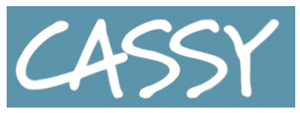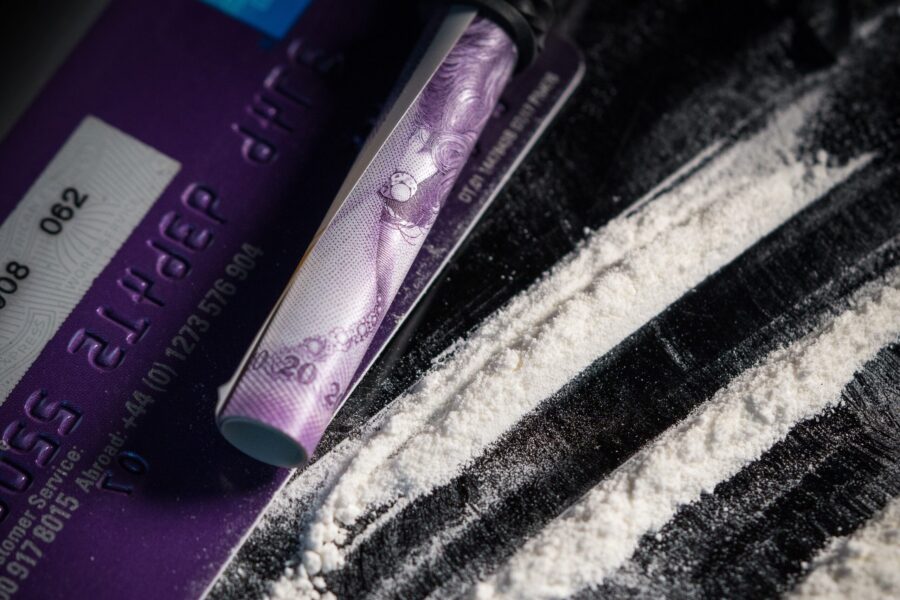Can Brain Ultrasound Treat Addiction?
For the over 46 million Americans age 12 and up who struggle with substance use disorder, new research offers hope that ultrasound therapy “can help reset the brain and stem the cravings of addiction,” The Washington Post reports.
Scientists are studying the effects of low-intensity focused ultrasound or LIFU, a noninvasive brain stimulation therapy, and the results are promising.
University of Virginia researchers are conducting a pilot study to evaluate ultrasound’s effectiveness to treat cocaine use disorder. Meanwhile, West Virginia University School of Medicine researchers are studying the use of ultrasound to treat opioid use disorder, primarily, but also addiction to other substances, such as alcohol, cannabis, methamphetamine, and cocaine.
Although more research is required, early findings are very encouraging. “The most impressive thing about this is the potential for sustained changes from just a 10-to-20-minute treatment,” said James Mahoney, a clinical neuropsychologist at West Virginia University involved in the research project.
How does it work? By resetting the brain
The brain is incredibly complex. While the specific mechanism underlying how brain stimulation therapies work is not yet clear, experts believe they regulate the flow of neurotransmitters, or messaging molecules between neurons, effectively resetting the brain, “so that individuals are not influenced by their severe cravings and anxiety that’s driving them to get the cocaine or get the opioids,” said Ali Rezai, a professor of neurosurgery at West Virginia University School of Medicine.
One of low-intensity focused ultrasound’s key advantages is that it’s non-invasive and doesn’t require anesthesia.
Ultrasound to help with addiction
Another advantage of low-intensity focused ultrasound is that it can precisely target structures deep in the brain, using mechanical, acoustic energy.
“You can direct ultrasound beams to a precise, pinpointed area,” Rezai said. Using LIFU, researchers will target the insular cortex, which is located deep within the brain. Experts believe it plays a central role in the reward circuitry involved in substance use disorders. “It’s really almost a gatekeeper,” for the reward system because it’s involved in interoception — the receiving, making sense of and regulating of signals sent from various parts of the body, said Nassima Ait-Daoud Tiouririne, associate professor of psychiatry and neurobehavioral sciences at the University of Virginia School of Medicine.
LIFU is not being considered as a first-line therapy, but as an additional tool for treating addiction, Mahoney said. “It’s not meant to just flip the addiction switch,” he said. “It’s not meant to replace the standard of care treatments, but rather be used in combination.”
Rezai said it will probably be for people who have had multiple attempts at treatment, “and despite that, they’re struggling with their addiction.”
To learn more about brain stimulation therapies and the specific research targeting addiction, read the full article here.
Jones, Sam. “Can brain ultrasound treat additcion? A cocaine study may hold answers.” The Washington Post, 2 Nov 2023, https://www.washingtonpost.com/wellness/2023/11/02/addiction-ultrasound-therapy-cocaine/.
Photo by Colin Davis on Unsplash



